Archives
- 2025-12
- 2025-11
- 2025-10
- 2025-09
- 2025-03
- 2025-02
- 2025-01
- 2024-12
- 2024-11
- 2024-10
- 2024-09
- 2024-08
- 2024-07
- 2024-06
- 2024-05
- 2024-04
- 2024-03
- 2024-02
- 2024-01
- 2023-12
- 2023-11
- 2023-10
- 2023-09
- 2023-08
- 2023-06
- 2023-05
- 2023-04
- 2023-03
- 2023-02
- 2023-01
- 2022-12
- 2022-11
- 2022-10
- 2022-09
- 2022-08
- 2022-07
- 2022-06
- 2022-05
- 2022-04
- 2022-03
- 2022-02
- 2022-01
- 2021-12
- 2021-11
- 2021-10
- 2021-09
- 2021-08
- 2021-07
- 2021-06
- 2021-05
- 2021-04
- 2021-03
- 2021-02
- 2021-01
- 2020-12
- 2020-11
- 2020-10
- 2020-09
- 2020-08
- 2020-07
- 2020-06
- 2020-05
- 2020-04
- 2020-03
- 2020-02
- 2020-01
- 2019-12
- 2019-11
- 2019-10
- 2019-09
- 2019-08
- 2019-07
- 2019-06
- 2019-05
- 2019-04
- 2018-11
- 2018-10
- 2018-07
-
With the treatment options available
2024-03-20

With the treatment options available today including a combination of symptomatic treatments and general immunosuppression, many MG patients can lead productive lives [1], [4], [20]. The frequency of death has decreased due to improved management and detection of milder cases. At present, the overal
-
br Conclusion The HT receptor family is complex
2024-03-20
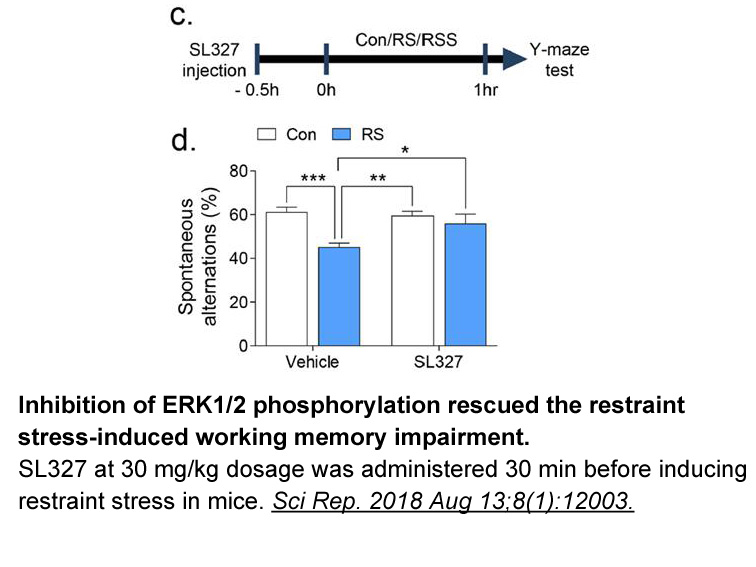
Conclusion The 5-HT receptor family is complex, and one may ask as does Bryan Roth et al. [205] whether this is useless entacapone (i.e. too much redundancy) or an embarrassment of the riches (i.e. many potential targets to choose from to affect normal or pathological function); molecular biolog
-
The mechanism by which Gas prevents inflammation has been
2024-03-20
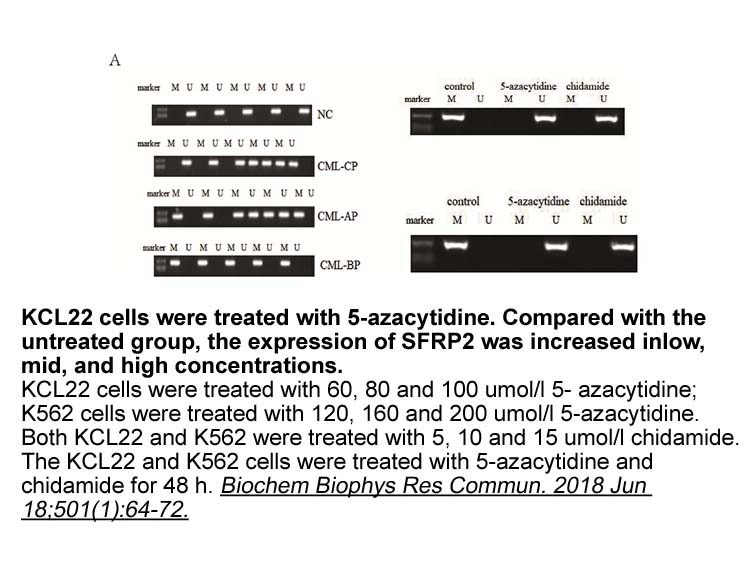
The mechanism by which Gas6 prevents inflammation has been reported to be via inhibition of Toll-Like receptors (TLRs) signaling (Cui et al., 2016). After injury, TLRs become stimulated, leading to downstream activation of TRAF3 and TRAF6 and translocation of several transcription factors, such as I
-
Based on currently available knowledge autophagy supports ad
2024-03-18

Based on currently available knowledge, autophagy supports adipocytes development and differentiation. In animals with specific skeletal muscle urokinase of Atg7, reduced adipogenesis was shown. In rodents, autophagy was decreased in adipose tissue of animals fed with high-fat diet (HFD). In contras
-
Analysis of ASK crystal structures as
2024-03-18
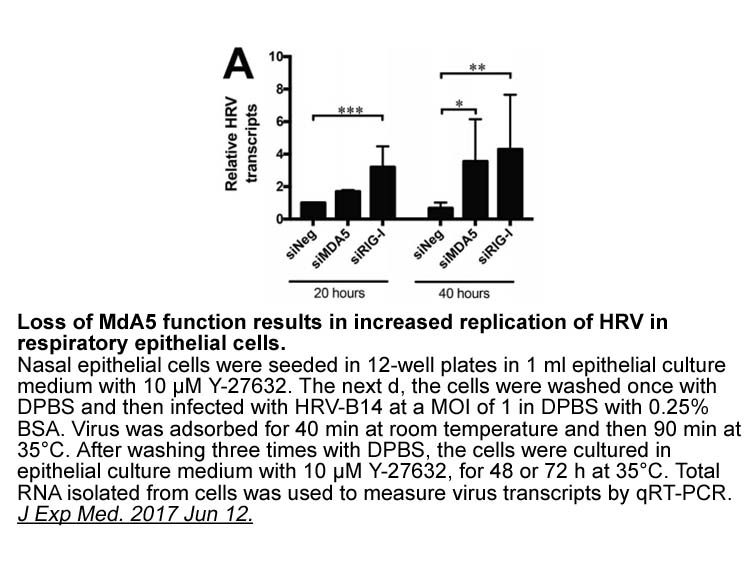
Analysis of ASK1 crystal structures as well as an investigation of how MK0752 synthesis 4 might bind were undertaken to understand opportunities for engaging Gln756. To this end a docking model derived from PDB 3VW622 was used to predict the binding mode of amide 4 in the ASK1 active site as shown
-
The growth of cancer can control
2024-03-18

The growth of cancer can control by inhibiting the rate of cell proliferation or increasing the rate of selective apoptosis and effectiveness of anticancer agents varies according to genetic constitution of cancer. Hence, we investigated the anticancer activity of arginase against different kinds of
-
Vascular interventional radiology VIR laboratories perform a
2024-03-18
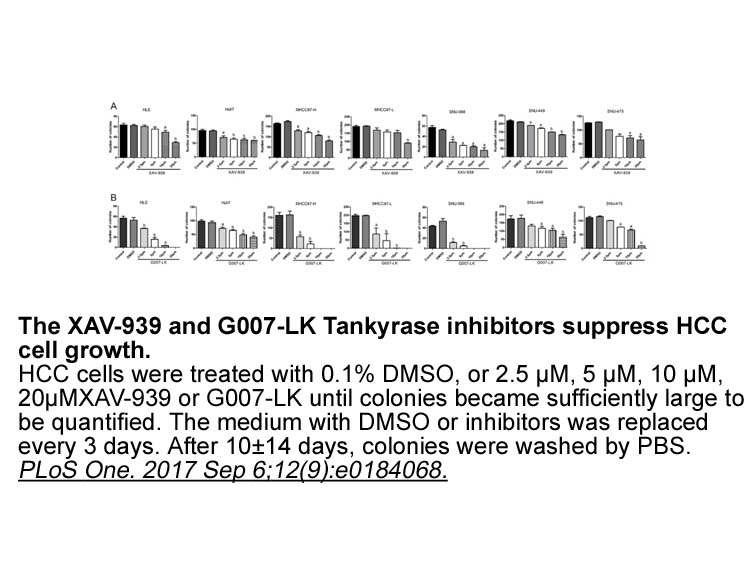
Vascular interventional radiology (VIR) laboratories perform a myriad of procedures ranging from simple tunneled peripherally inserted central catheter lines to complex transjugular intrahepatic portosystemic shunt placements. Infections are a common complication in the VIR environment; thus, the pr
-
The association of male gender with
2024-03-18

The association of male gender with increased atherosclerosis has stimulated interest in the role of androgen signalling in this condition. Androgens act (Fig. 2) by direct activation of androgen receptor (AR), a nuclear receptor that acts as a ligand-regulated transcription factor (Gao et al., 2005
-
The specific functions of ERs and AR underline their
2024-03-18
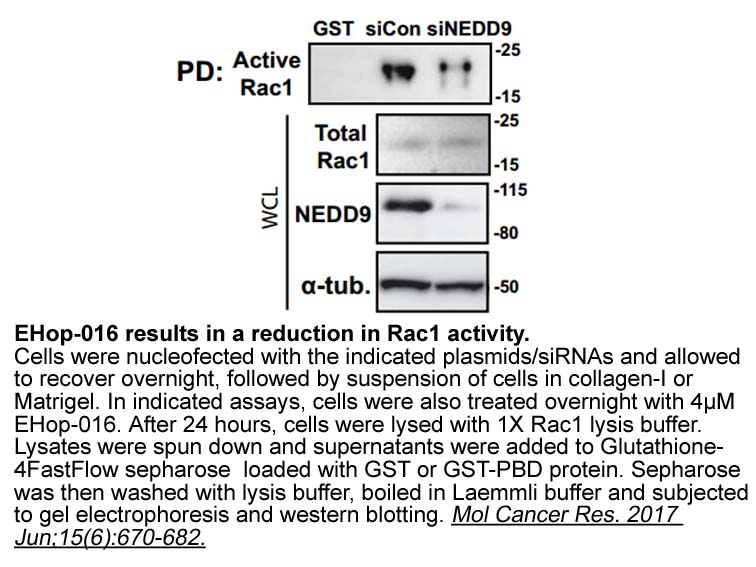
The specific functions of ERs and AR underline their crucial roles during different phases of spermatogenesis. Their deregulation could affect numerous downstream targets, thereby, disrupting spermatogenesis and male fertility. Various studies have shown that estrogen-like chemicals in the environme
-
Thus far a tight coupling has been observed between mAbs
2024-03-18
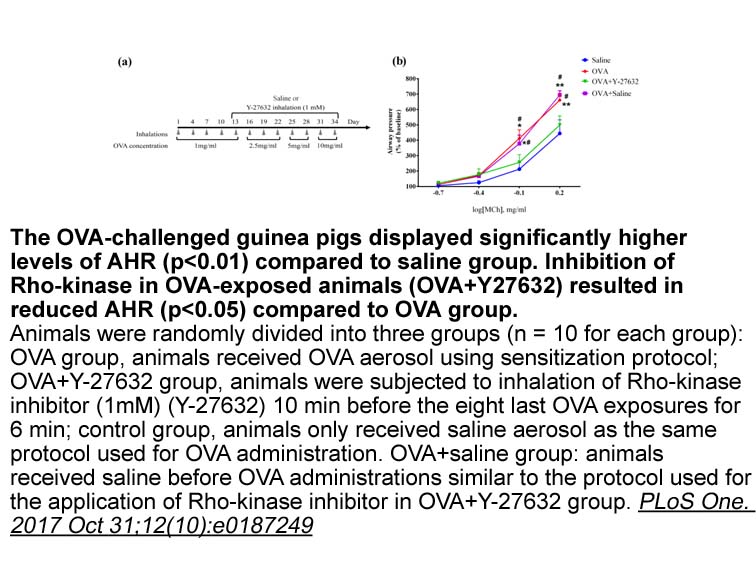
Thus far, a tight coupling has been observed between mAbs that target aggregated Aβ and the occurrence of ARIA. If ARIA-E is caused by increased trafficking to and clearance of fibrillar Aβ from cerebral vessels (20), mAbs could be designed with conformationally specific epitopes selective for solub
-
Globally the total number of
2024-03-18

Globally, the total number of patients included in the meta-analysis was 1885, ranging from 40 to 442 patients per study. All eligible studies reported the association between ALDH1 expression and patients' OS [24-26, 3241], whereas nine studies evaluated the relationship between ALDH1 expression an
-
br There are three types of HT receptors
2024-03-18
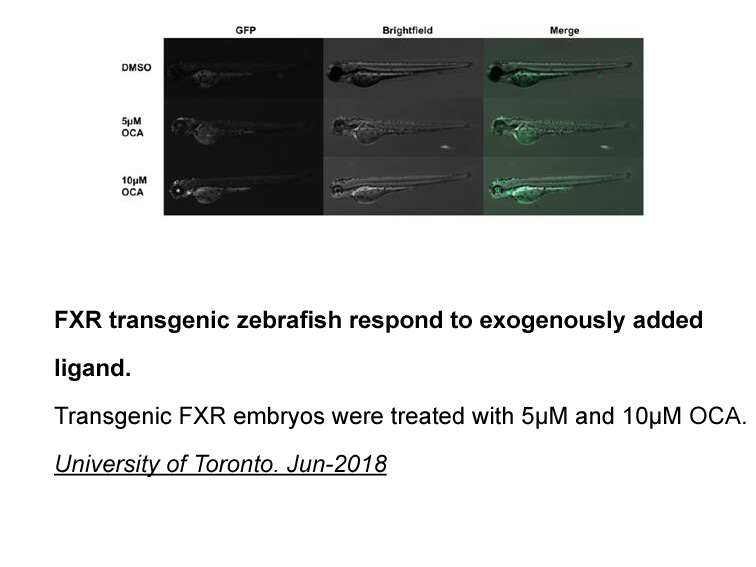
There are three types of 5-HT2 receptors. 5-HT2A, 5-HT2B and 5-HT2C receptors Exhibit 46–50% overall sequence identity and couple preferentially to Gq/11 to increase inositol phosphates and cytosolic [Ca2+] and in agreement with their long known role in muscle contraction and stimulation in the br
-
Adenosine is a ubiquitous homeostatic purine nucleoside that
2024-03-16
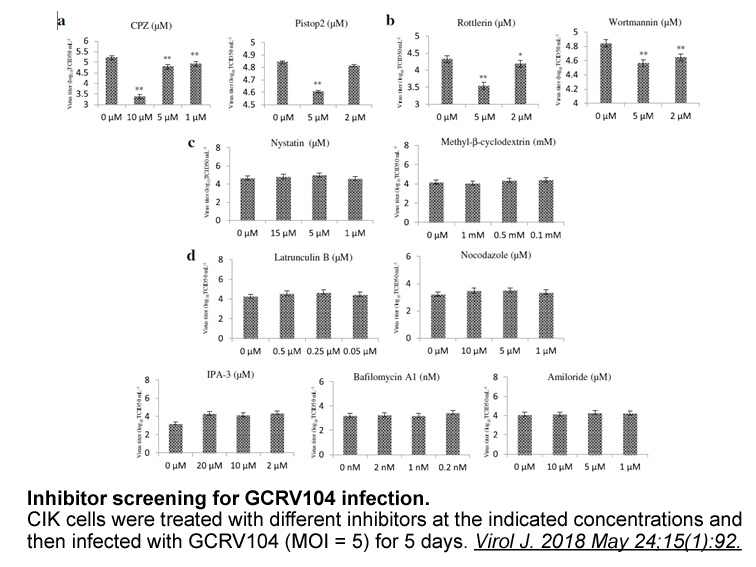
Adenosine is a ubiquitous homeostatic purine nucleoside that accumulates extracellularly in response to metabolic stresses such as hypoxia and inflammation. Activation of either G protein-coupled adenosine receptors (ARs; A1R, A2AR, A2BR, and A3R) by extracellular adenosine can modulate cell signali
-
The assay performance was estimated using Z factors
2024-03-16

The assay performance was estimated using Z′-factors (plotted in Fig. 2A) according to Zhang et al. calculated for each plate comparing positive (in the absence of an inhibitor) and negative controls (in the presence of an AdK inhibitor). The mean Z′-factor±SD was determined to be 0.7±0.1, indicativ
-
Osteocytes the most abundant cells
2024-03-16
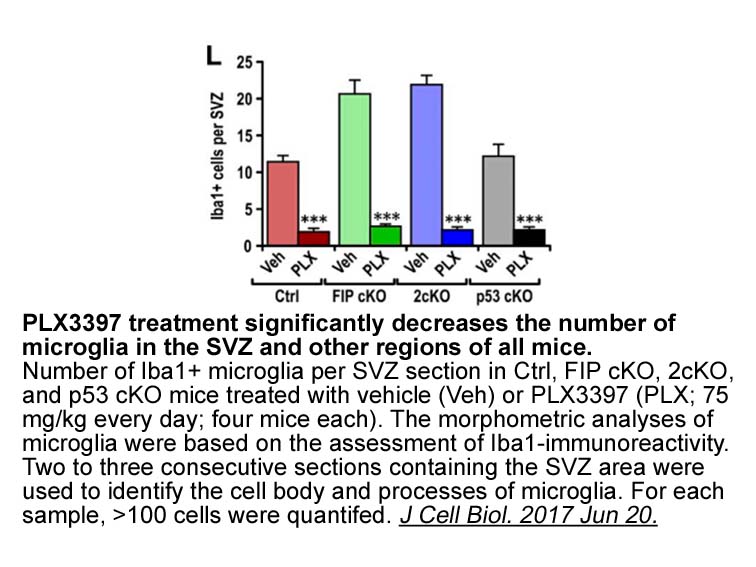
Osteocytes, the most abundant cells in an adult skeleton, are essentially mature osteoblasts that are surrounded by the products they secreted (Noble and Reeve, 2000). Osteocytes serve as mechanosensors that direct bone remodeling and that regulate the activities of osteoblasts and osteoclasts (Bone
15763 records 185/1051 page Previous Next First page 上5页 181182183184185 下5页 Last page